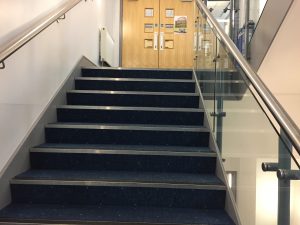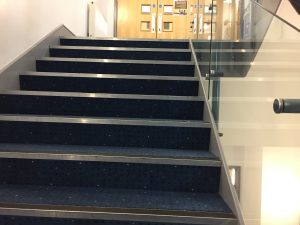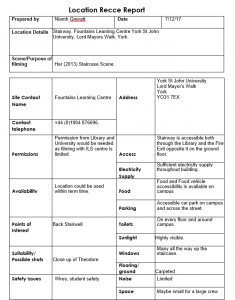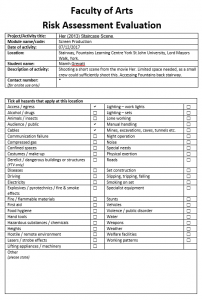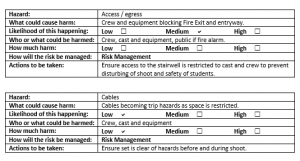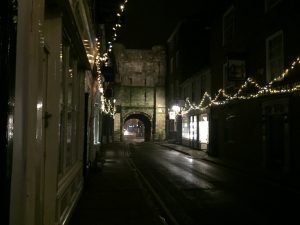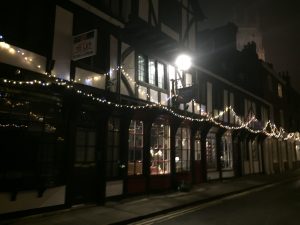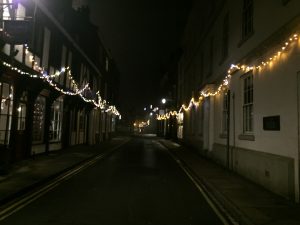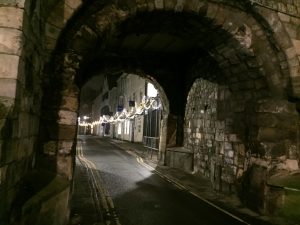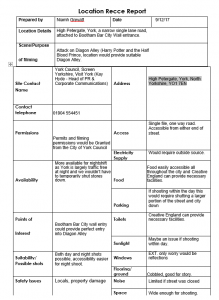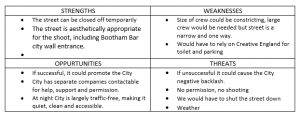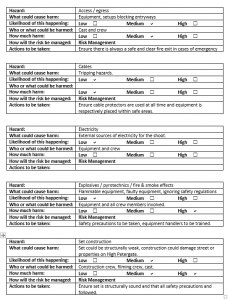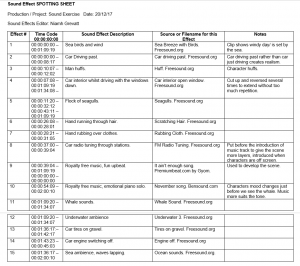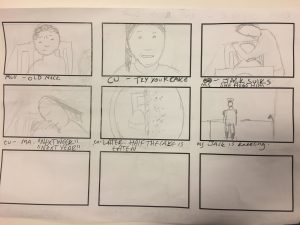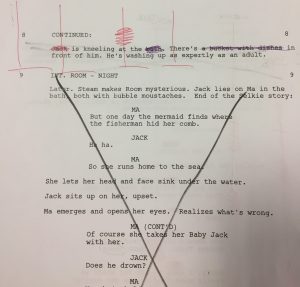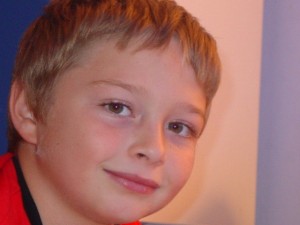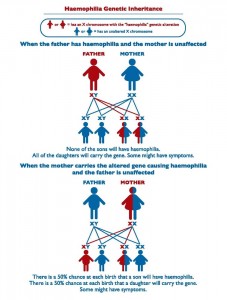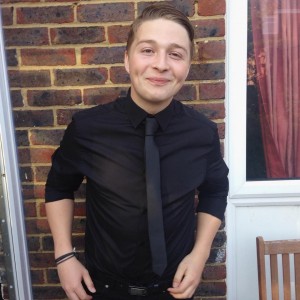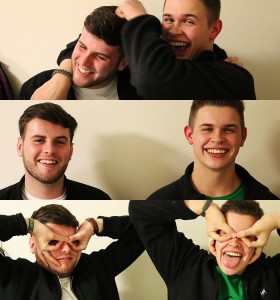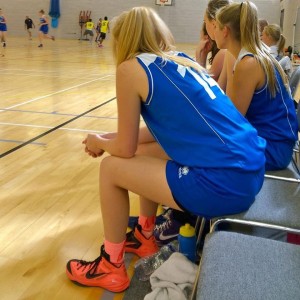REFLECTIVE ESSAY
password – showreel
Personal Showreel –
Whilst studying the Advanced Production editing module we were tasked initially with creating and understanding the manipulation and use of post production sound and image manipulation, within the production of film and television. Through the creation of several artefacts within the module, we were expected to develop and build upon our current skills and knowledge of the subject area, specialising in the theoretical side of editing and understanding the technology and practical skills required to complete the tasks at hand and the discipline required for a career within this media pathway.
For my first task, I was required to develop and create and short showreel, ranging from 60-90 seconds, this was to contain selected specialised skills we were attempting to develop throughout the module. The skills taught to us throughout included, basic assembling of an edit, sound editing, an introduction to colour correction / grading and motion graphics. The brief required that we use our own material gathered throughout our degree or work of previous media production students. I chose to create a show real using the collective materials I’ve produced and worked upon whilst studying Media. I initially felt comfortable in my knowledge of both sound and video editing and my previous experiences as editor on multiple projects, to complete this task sufficiently. However, I was aware of my inexperience in motion graphics and colour grading that I knew I would need to elevate my work within this module to a higher standard.
My aim for my initial artefact was to create a showreel that would express my understanding of editing, experience within media production and reflect, not only my abilities but creative style, in a fun and engaging way. I began crafting this video around a sound edit I produced, by taking the song “Good” by TWIN XL and rearranging it to a shorter, more engaging version that reduced empty space and what I believed to be unnecessary lyrics and beats. I chose this song due to its upbeat ‘pop’ nature and catchy repetitive sounds as I believed these would draw more attention to my work, due to its positive beats, it would more importantly would allow for a more rhythmic editing style. Within my SOL lesson I researched upon other showreels from media production companies, including that of Orillo Films, a York based production company, whose work we were also able to witness first hand at their studio. This was educating and allowed me to gain necessary experience for the module by witnessing and discussing the tasks and techniques regarding showreel creation with previous York St John graduates who are producing industry standard work.
Regarding the format of my first showreel, we were encouraged to research upon Walter Murch, a prestigious film and sound editor. I studied Murch’s In The Blink Of An Eye (2001), in which he discusses “a list of six criteria for what makes a good cut” (2001, pg 17-18) Murch believes a successful edit is one that appeases all six at once. These being:
- Emotion
- Story
- Rhythm
- Eye-trace
- Two-dimensional plane of screen
- Three-dimensional plane of screen
Murch believes emotion, the highest on the list, is the key to keeping an audience engaged alongside an advanced engaging story following a rhythmic pattern. Interpreting this guide, I adapted it to a showreel as Murch had developed this theory for film cuts, I felt this list could be altered as my showreel was not presenting as a narrative story but instead an expression of myself, therefore I focused predominantly upon emotion and rhythm. I also intended to impart the use of eye-tracing shots, mentioned with Murch’s theory, in order to enhance continuity and flow within my own personal showreel.
After gathering a collective of my previous works, I assessed what elements of those would produce the most eye-catching artefact, selecting clips that involved movement and would specifically require the focused attention of an audience. I used a range of productions including, short films, video vox pops, live television programs, promotional footage and behind the scenes collectives. This was a conscious decision made to ensure I did not limit myself regarding content and form and allowed myself to express my full range and capabilities within the production of media artefacts. Within my chosen projects, for my showreel, I had worked in many creative roles that included Director, Producer, Writer, Camera Operator but most frequently Editor and I aimed to advertise my skills in a captivating way.
To my already altered sound, via the encouragement of my tutor, I devised and constructed an editing decision list, this list was a major component in highlighting key moments from my previous works and marking their in and out points. This allowed for an easier work flow when it came to forming my production in the edit suite having already specified the collective work I wished to use in order to produce my show reel. I edited my showreel, within Avid Media Composer, via several draft attempts along with discussions and feedback from my modules lecturer, I was encouraged to create tighter cuts that would collectively sync my ‘moving’ shots with my upbeat, faced paced style of sound.
For this piece I also wanted to utilise the lessons we were receiving upon motion graphics, as I had very little previous experience with them. I wanted to develop and moving image, motion graphic, that would reflect the production name I use online, Nimue Productions, which is a play on my own name and the legend of Nimue, an Arthurian character and myth. From this I was inspired to create a motion graphic that would encompass the ‘lady of the lake’ and express my fun and creative side. I began designing this graphic physically on paper, once I was satisfied with what I wanted to achieve, I used the Adobe programs Photoshop and After Effects to develop a layered, dimensional graphic that would then appear and become emotive at the beginning of my show reel. My final motion graphic was a hand drawn and texturized graphic of ‘Nimue’, raising Excalibur from a lake, once designed, it was a simple graphic to animate. I wanted to add another layer of creative expression on my showreel, therefore, I researched and began designing animated text for ‘Nimue Productions’. Focusing on the animated, water-based theme, I designed text that reflected a moving wave of an ocean, in multiple colours and actions. This I then integrated with the original animation I had produced. Furthermore, I also added, shadowed text labels to my video in order to identify what roles I had participated in, within each individual production. I was happy with the successful completion of this showreel and felt it reached the requirements of the modules brief.
Yorkshire Film Archive Showreel
For my second artefact within the Advanced Production Skills Module I was required to devise and produce another 60-90 second promotional video, this time for the Yorkshire Film Archive, working from a real live brief with a professional client, in a professional environment. We were introduced to the clients at the Yorkshire Film Archive within our first week on the module which allowed us, almost instantly, to develop an understanding of their needs and requirements for the project. It also encouraged us to develop a professional working relationship with a business. Although this wasn’t my first experience working to a live brief for a client this publicised, I felt it required me to develop an understanding beyond my own, ensuring that I was creating something not only for the Yorkshire Film Archive but their audience.
Our brief for this artefact stated that the piece should demonstrate “what they do and what they can do for the community”. To heighten the emotional element of the product we were developing on their behalf, we needed to use the stock Yorkshire Film Archive footage we were presented with by them, encompassing it with motion graphics and royalty free music, to enhance the product. To ensure I was well versed in their history and fully understood my client, I began researching the Yorkshire Film Archive online, within my scheduled SOL lesson for the module, browsing their website and collective social media platforms. I wanted initially to understand what drives the company to produce archival footage, where it comes from and what their goals and morale are based upon. I also wanted to understand how the Yorkshire Film Archive present themselves on a social media / internet platform, so my work for them would remain on brand and would not feel out of place if used to promote their work on those said platforms.
Encouraged by the usefulness of my editing decision list within the production of my first artefact for this module, I began a similar process in order to remain organised, focused and prepared for the edit ahead. I started my pre-production process by attempting to watch and analyse the footage given to us by the Yorkshire Film Archive, however, the vast quantity of their archival footage set my editing process behind schedule. Although causing time keeping issues, I decided to continue with this process as I felt watching all the footage I could, would allow me to present some of their collective ‘best moments’. This process also allowed me to cut out and discard any unwanted or subpar videos that would have taken up a vast amount of unnecessary editing space, saving me the hassle of importing them all into my Avid editing programme. This also worked in my favour as I discovered, when watching all the footage available, I was inspired to create an opening sequence based upon clips I had happened to witness. Within the collective, I found several videos containing images of maps, of Yorkshire, and birds eye view footage captured from planes. I decided to make my motion graphics element upon this, by sourcing a royalty free image of Yorkshire and the Humber’s boundary lines on a blank map. Taking this image into Adobe After Effects and with the use of a physical map of Yorkshire I located many key town and cities, I believed those from the county would easily recognise, and began placing their names upon their map locations. Incorporating motion graphics, I had the names of these locations fade in and out over the map to allow for texture and dimension within the showreel. This ‘interactive’ map style way a long process but one I believed would only improve upon my product for the Yorkshire Film Archive.
After assorting all my necessary footage and an introductory sequence, I sourced royalty free music that was upbeat and engaging, this was due to the fact, most clips I had decided to use where reflective of happy Yorkshire individuals and I wanted to remain on theme. The music I sourced came from royalty free artist Bensound.com who I have, relied upon within many projects as his music is often captivating and pleasant. I began combining the shots I had collected from the archives clips. Those I had selected, I felt represented many aspects of the broad range of individuals from the county, opening with a Yorkshire Television Production logo, I introduced miner workers in 1948 and housewives of 1943, two contradicting images of four individuals within each, one in colour one in black and white. Both clips positive, I followed with the title clip from ‘having a wonderful time’ to reflect the emotions show within the previous shots. I felt it was a strong start to the project.
Referring back to Walter Murch’s rule of 6 I ensured the production of this artefact also contained emotive shots, that reflected story and contained rhythmic, eye-traceable action. I continued to incorporate the multitude of clips I had gathered, I realised I had too much for footage for the required time constraint but was happy that what I could use was worth using and would only enhance the product. Adding clips that included Yorkshire scenery and appealing moments between individuals, I began embellishing the video with filters and effects. This included speeding up and slowing down multiple shots and cutting together longer video to ensure they were more impactful within the final product. I ensured to include clips that I had been inspired by, in regards to my opening sequence as I wanted to ensure an element of continuity to the video.
Throughout the video I also remained aware that I wanted to encompass, what I felt the Yorkshire Film Archive stands to achieve, this being the collective appreciation of all things Yorkshire and the collective of unique individuals that remain a huge part of it. I was insistent of including clips that showcased those with disabilities, women and people of colour as I believe this would also help the Yorkshire Film Archive reach a wider basis of viewers. I rounded off my video with to images that I felt reflected the light hearted, enjoyable theme, running throughout my artefact. A classic ‘Yorkshireman’ and simply a clip that stated, ‘The end’.
I was satisfied with the artefacts I produced throughout the Advanced Production skills module and believe they showcase, my editing abilities and encompass all elements of the brief.
Bibliography
Chandler, G. (2004) Cut By Cut. (2nd Edn) California, Michael Wiese Productions.
Chang, J. (2012) Editing. Lewes, ILEX press.
Dancyger, K. (2007) The Technique of Film and Video Editing: History Theory and Practice. (4th Edn) Oxford, Focal Press.
Fairservice, D. (2001) Film Editing: History, Theory and Practice. Manchester, Manchester University Press.
Murch, W. (2001) In the Blink of An Eye: A Perspective on Film Editing. (2nd Edn) Los Angeles, Silman-James Press.
O’Steen, Bobbie. (2009) The Invisible Cut: How Editors Make Movie Magic. California, Michael Wiese Productions.
Thompson, R. (1993) Grammar of the Edit. Oxford, Focal Press.


